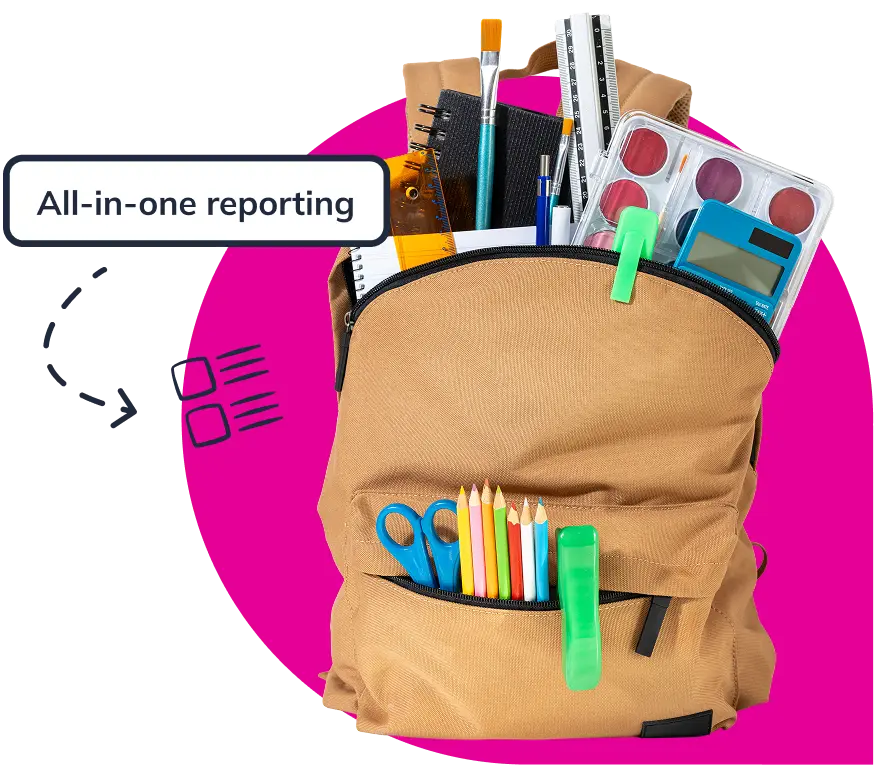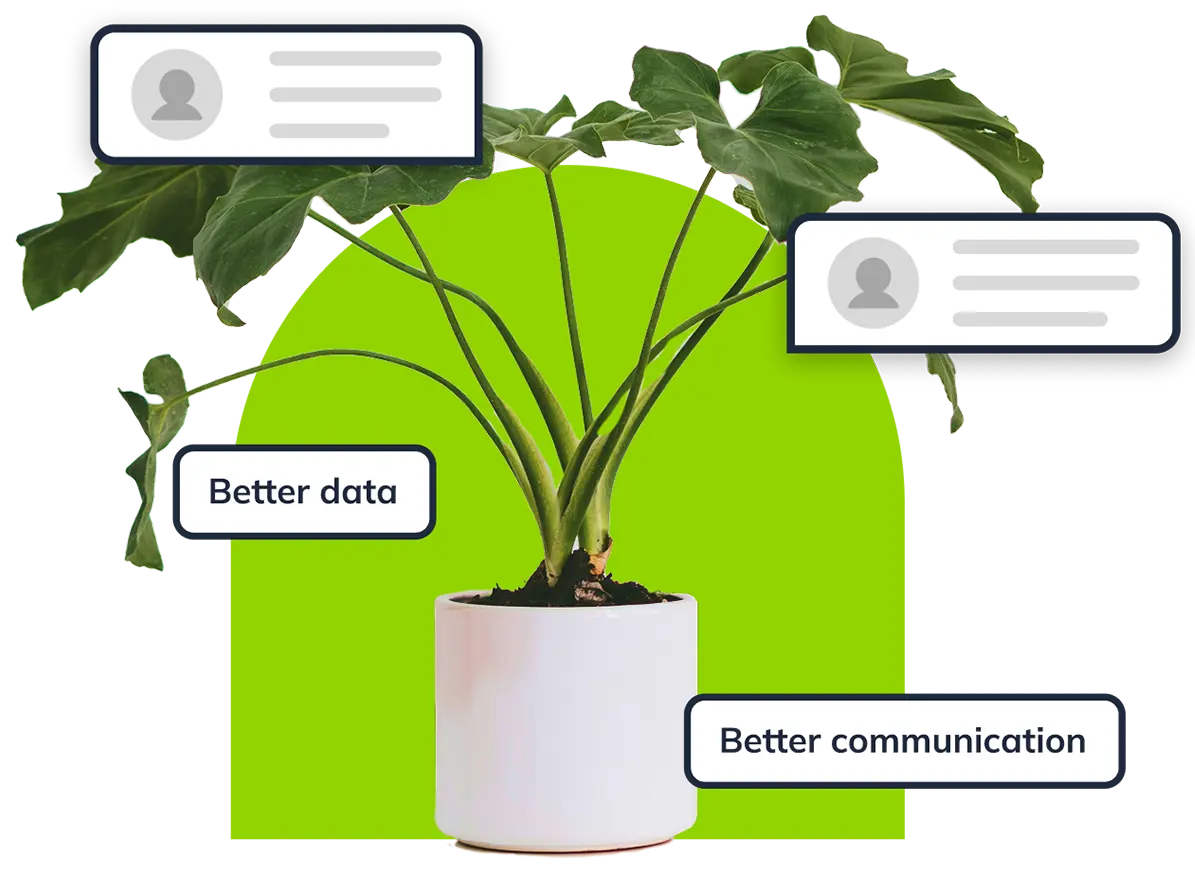Know what’s working, what’s not, and where to optimise, all from one intuitive dashboard.
When you’re sending high volumes of communication across email, SMS, push notifications, voice broadcasts, and landing pages, guessing what’s resonating isn’t good enough. That’s where Everlytic’s campaign reporting steps in. Our reporting gives you clear, actionable insights so you can fine-tune your messaging, improve performance and drive results across every channel.

Track who’s clicking, reading, replying, or unsubscribing.
Discover when your messages are being opened, and by whom.
Share professional, visual reports that back your marketing wins.
Use behavioural data to optimise automated workflows and content.
Identify what’s working and reallocate your effort (and budget) accordingly.
Evelytic’s reporting enables you to see the full engagement journey:
Track reach and engagement in real time:
Understand what happened on every call:
See how your content converts:
Instant performance insights:
Zoom out for a performance overview:

Need insights now? No problem. Everlytic’s real-time reporting engine gives you instant access to campaign performance across every channel. Spot what’s working, tweak what’s not, and pivot your strategy without missing a beat.
From granular engagement to overall campaign health, everything is built to help you learn fast, adapt quickly, and keep improving your marketing performance.
Want to see how this looks in action? Check out how other businesses are making it work.
Understanding data and campaign metrics can be overwhelming. We get it. That’s why we’ve made Everlytic’s reporting clear, visual, and easy to action.
Need to test two subject lines? Done. You can easily set up and implement A/B tests. Want to see how mobile users engaged? Just filter your results. Looking for trends over time? It’s all there.
You get the insights you need to make smarter decisions, boost engagement, and improve ROI.


Whether you’re a marketer looking for quick wins, or a strategist analysing long-term trends, Everlytic’s campaign reporting has the flexibility and depth you need. It’s powerful, practical, and designed to keep your team aligned and results-focused. From big picture to fine detail, everyone gets what they need, all from one system.
Here’s how:
